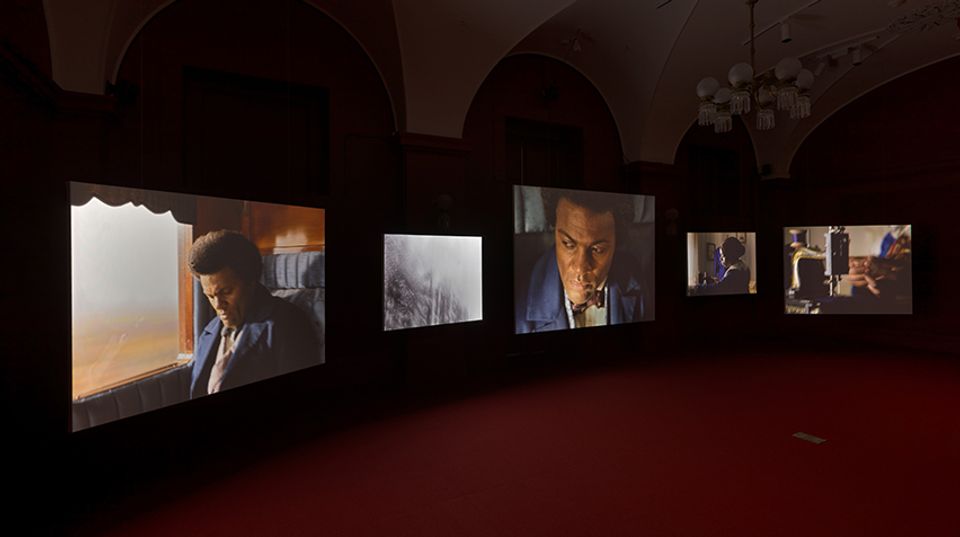
American Art's sculpture curator, Karen Lemmey, talks about the museum's recent acquisition by Donald Judd.
Recently, American Art acquired a sculpture by Donald Judd, Untitled. Judd is among the foremost American artists associated with the Minimalist movement of the 1960s and 70s. Judd strove to explore pure three-dimensionality without burdening his art with illusionistic or symbolic references and therefore based much of his work on geometric shapes.
Untitled is a shallow, wall-mounted wood sculpture in the shape of a parallelogram, a form that Judd first explored in the early 1960s and to which he returned periodically over several decades. His early "parallelogram wood blocks" are painted red or blue, closely linking them to his series of prints of the same size, form, and color. With a minimalist concern for stripping away all that is inessential, Judd eliminated color in the parallelogram series of the 1980s, forcing the viewer to focus exclusively on the object's hardedge form.
This example from 1982 consists of pieces of unfinished pine that have been glued together, sanded smooth, and precisely incised with straight lines. Judd fabricated his own sculptures until the early 1960s, when he turned the construction of his designs over to others, including Jim Cooper and Ichiro Kato—the craftsmen whose initials are stamped on the back of this sculpture. This separation of design and production allowed Judd the freedom to focus on the conceptual aspect of his art and influenced his method, requiring the artist to fully conceive of his design before fabrication.


















